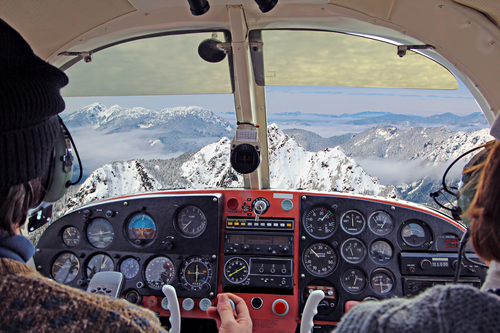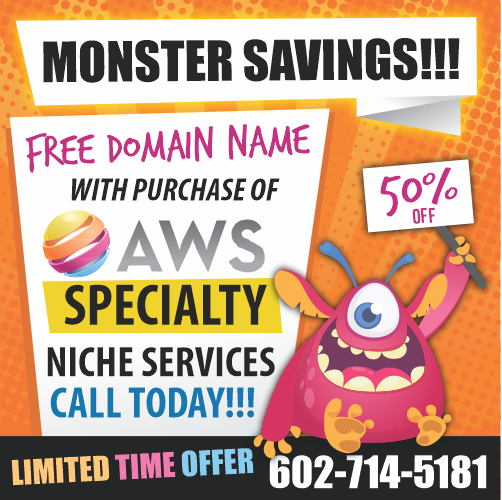 Obtaining a private pilot’s license is often viewed as a complicated and expensive process only available to a privileged few. Many potential pilots never realize their dream because they fear failure or wonder if the time spent training and the expense involved is within their reach. The most practical way to begin researching private pilot training is to schedule a trial lesson. Introductory flight lessons are available at reasonable rates in most areas. Flight lessons are given in the same type of aircraft used for official pilot training and are flown by licensed flight instructors.
Obtaining a private pilot’s license is often viewed as a complicated and expensive process only available to a privileged few. Many potential pilots never realize their dream because they fear failure or wonder if the time spent training and the expense involved is within their reach. The most practical way to begin researching private pilot training is to schedule a trial lesson. Introductory flight lessons are available at reasonable rates in most areas. Flight lessons are given in the same type of aircraft used for official pilot training and are flown by licensed flight instructors.
Finding the right training program requires some research and knowledge of the basic components of a comprehensive, reputable flight program. This article will outline the essential qualities of a great flight school and give the information necessary to cover the essential elements of getting a private pilot’s license. The first step will be determining the cost of the program and the availability of financial resources. Most pilot training programs will allow you to pay as you go and there may be some schools in your area that offer financial assistance. The cost for private pilot training will vary widely from one school to another and the cheapest is not always the best. Be thorough in checking a school’s credentials and references to make sure you are getting the very best training at the best available price.
First and foremost, you will want a training program with good equipment, great instructors, a convenient location, a flight simulator, and an excellent maintenance record. From the standpoint of a student pilot, safety and training that meets the objectives of licensing requirements are key objectives in choosing a flight school. Instructors must be knowledgeable and employ teaching methods that will enable a student to easily complete and pass the Private Pilot Practical Test, plus the Private Pilot Aeronautical Knowledge Exam, both of which are given through the FAA.
Next you will want to carefully analyze the cost of the program. There are three main expenses involved in private pilot training which will be billed at an hourly rate. These are:
The hourly rate for instruction necessary to pass the FAA written exam
The hourly rate for flight instruction and the instructor that will be flying with you
The hourly rental rate for the aircraft in which you will train
You can generally train at your own pace and schedule classes at times convenient to you. Keep in mind that the more hours you take to learn the material, the more expense you will incur. There is a minimum time to be spent flying aside an instructor and in solo flight before you can get your pilot’s license. Your flight instructor will give you the information you need before you begin training so that you can plan your classroom and flying schedule accordingly. Learning to fly and getting a private pilot’s license is a challenging but extremely rewarding undertaking. During the course of your training you will go from having no or little knowledge to being a fully qualified private pilot. With some research and planning the dream of flying your own aircraft can become a reality in less time than you imagined.
